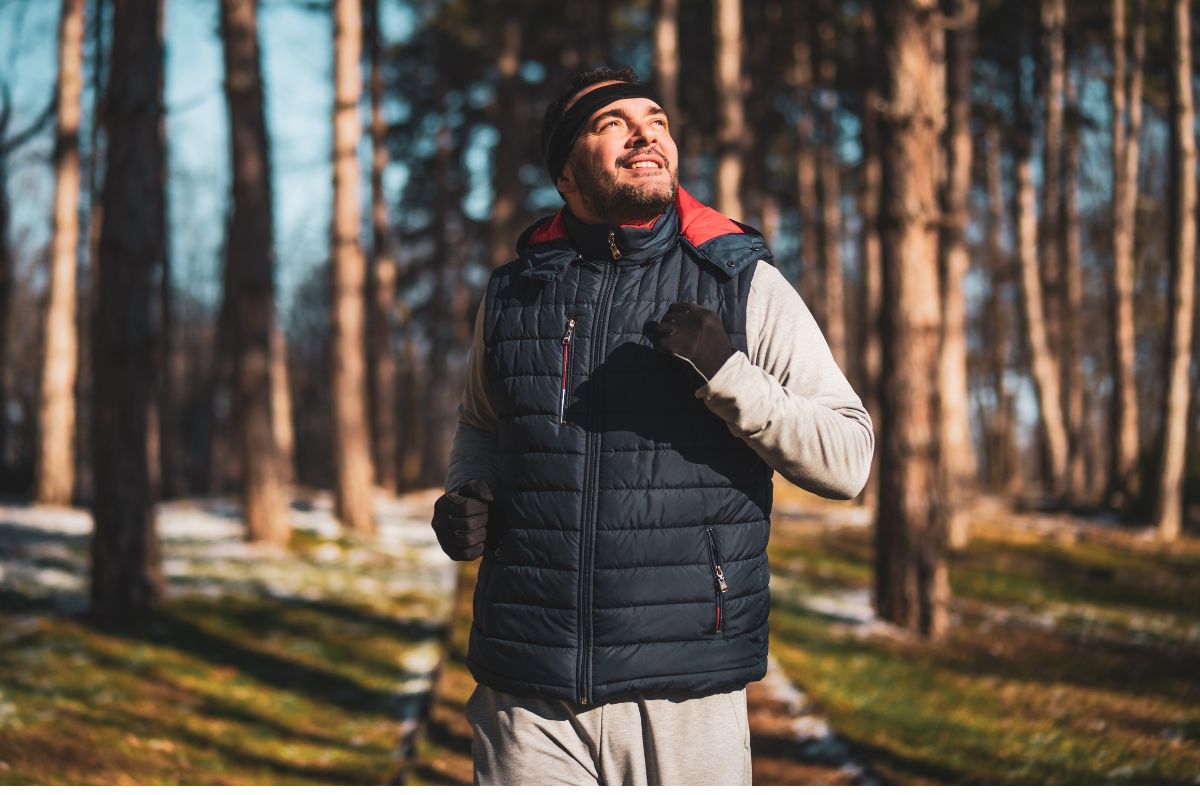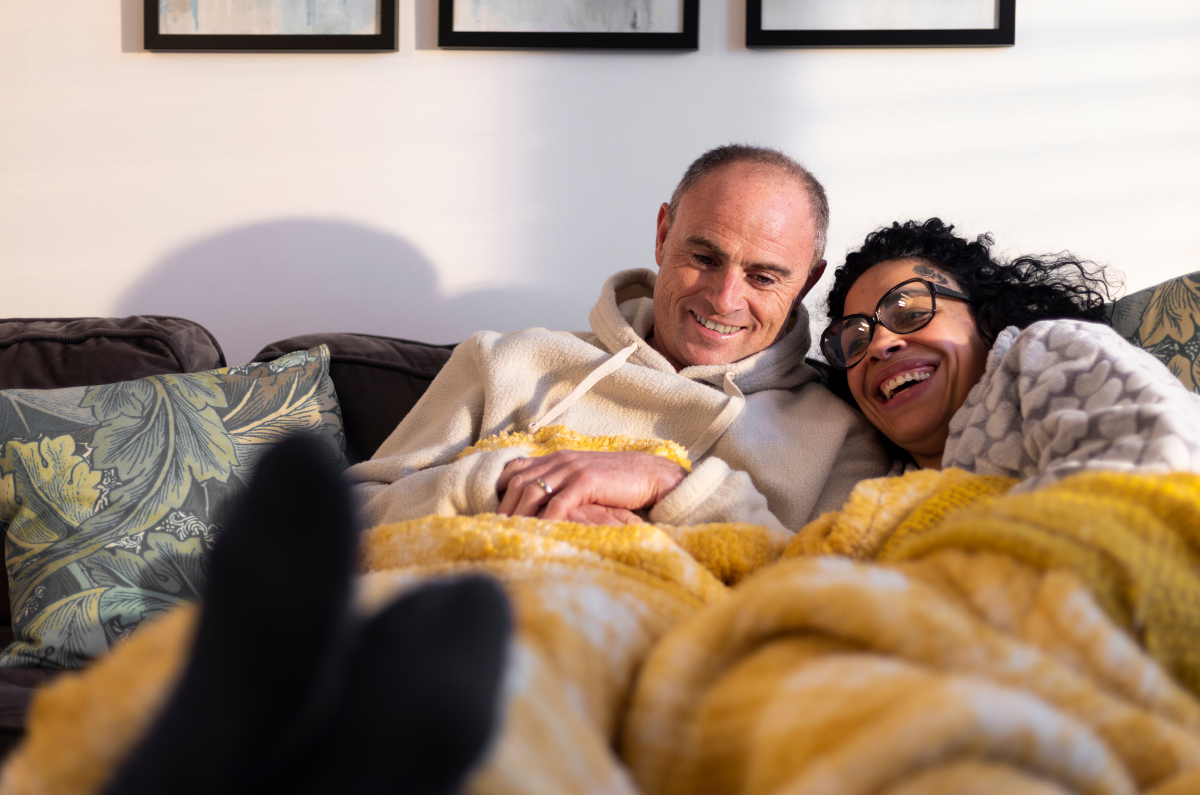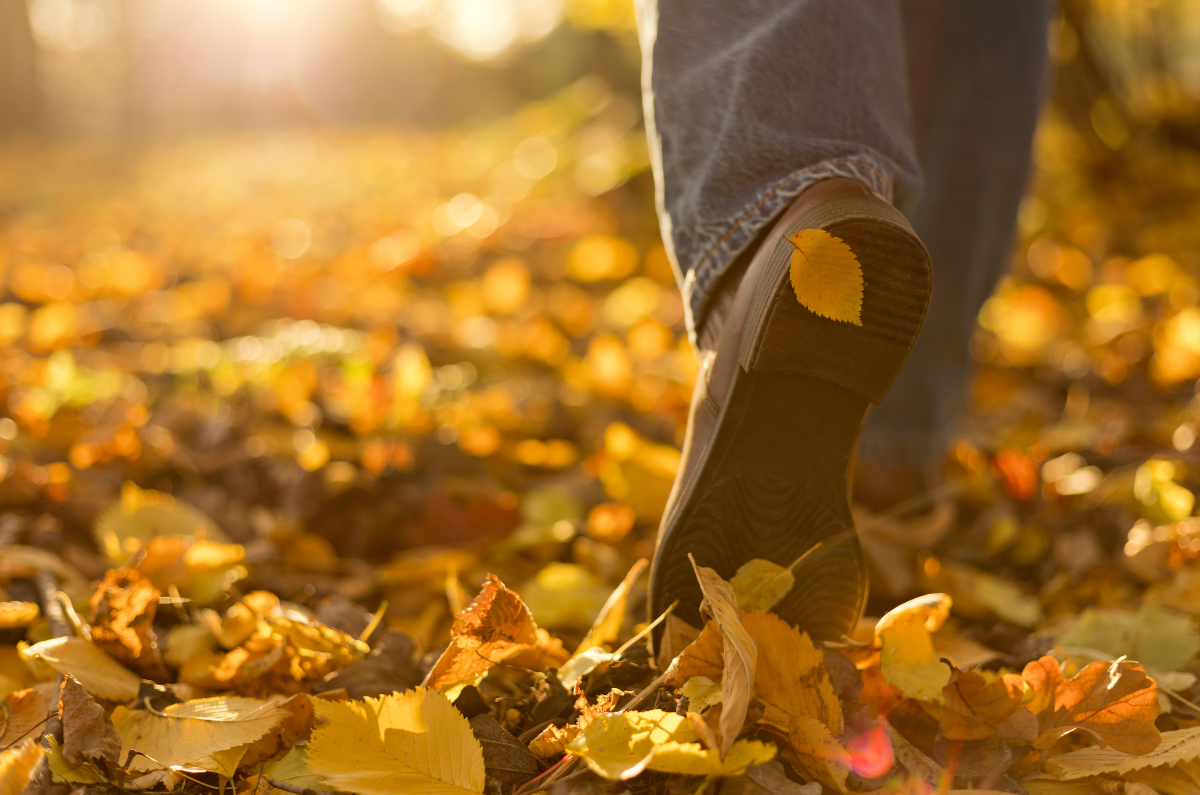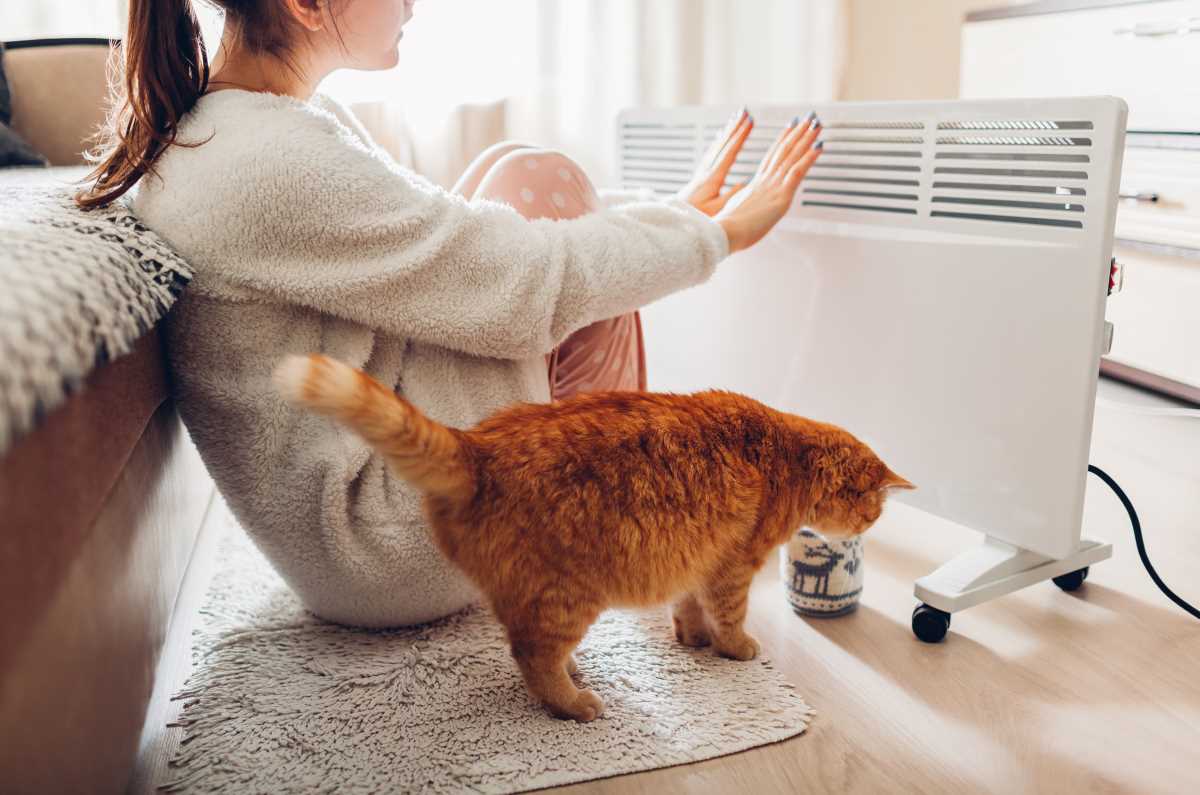Staying active in winter
Who doesn’t love the idea of winter… cosy evenings on the couch reading a book, lying in bed on a Sunday morning listening to the rain, hearty soups for lunch with yummy bread. The reality, however, can be a different thing entirely.
Trying to stay warm without energy bills skyrocketing. Trying to maintain a healthy weight range when I’m cooking lots of comfort foods. And the big one – keeping up the momentum when it comes to exercising.
It can be tough when it’s cold, dark and wet to brave the elements for a walk. Or to head out to the gym when a perfectly good couch is sitting there all warm and snug.
But we need to exercise. It’s vital in the management of our musculoskeletal conditions, pain levels and weight. Being active every day can result in better quality sleep, and it improves our mood. It also helps us manage other health conditions, and gets us out of the house to connect with others – friends, team mates, gym buddies, and even other people walking their dog in the park.
Knowing all of that doesn’t make it easy, though, so here are some strategies to help you get out there:
Dress the part
Your warm-weather exercise gear may not cut it when it comes to exercising in winter. You need to think layers. The clothes closest to your skin should draw moisture away from the skin (known as wicking) so that your skin doesn’t stay damp. It should also dry quickly. Look on the labels for mention of wicking or polypropylene, not cotton.
You might benefit from adding an insulating layer of fleece or wool to keep you warm. Finally, add a layer that will resist wind and rain. The beauty of layers is that you can take them off and put them back on if/when you need to. Choose bright colours so you’ll be seen even on the dullest, greyest days, through the fog and rain.
Next, you need to wear appropriate socks and footwear for the activity you’re doing – hiking boots, running shoes, walking shoes, gym shoes – they’re often not interchangeable.
It’s preferable for the shoes you’ll be wearing outdoors to be waterproof or dry quickly. And make sure they have good traction – it can get very slippery out there! If you’ve got old shoes from last winter, check the soles to ensure they’re still ok.
It’s also a good idea to wear sock liners when hiking to wick moisture away from the skin and prevent blisters.
Finally, protect your extremities. Wear gloves (this is a must if you have Raynaud’s), a hat that covers your ears, sunglasses and sunscreen. Even in winter, your skin can be damaged by the sun’s rays.
Depending on your activity, don’t forget to take a lightweight backpack or bag for your water bottle and to store any of the layers you remove.
One last thing – have a warm shower and get changed out of wet, damp clothes as soon as you get home, so you don’t become chilled. This can very quickly cause tense muscles, leading to pain. And no one wants that!
Stretch it out
Don’t just rush out the door if you’re in a hurry to get your exercise over and done with. Take time to warm up your muscles and loosen up. Especially if you’re already feeling stiff. This can help prevent muscle strain and pain.
Be careful of surfaces
Slips, trips and falls are enemies of anyone with a musculoskeletal condition. So we need to take care out there. Uneven surfaces, wet leaves or mud on footpaths and trails, slick tiles at the shopping centre or gym – they can all be treacherous. So be aware of the surfaces you’re walking, running, skipping or jumping on, and take care.
Choose activities you enjoy
It’s much easier to be active, whatever the weather, if you’re doing something you enjoy.
And mix it up
Trying new activities is fun and challenging at the same time. And who knows? You may discover a new activity that you love. There’s so much out there to try:
- bushwalking
- chair based exercise
- rock climbing
- dancing
- Frisbee/football in the park with the kids/dog/friends
- kayaking
- joining a sports team – e.g. basketball, netball, footy, calisthenics
- golf
- gardening
- yoga
- swimming/water aerobics
- boxing
- cycling
- skiing
- trampolining.
The sky’s the limit!
Check with the Bureau of Meteorology
Before you head out, check with BOM to find out the weather forecast. And don’t forget to check the rain radar. That’ll help you dress appropriately and may also affect your timing. If you like walking in the rain, you may decide to head out regardless. But if you’re not a fan, the radar will give you an idea of when to go (don’t forget your umbrella – just in case ☔).
Exercise indoors
If you’re not a fan of exercising in cold and wet weather, there are lots of ways you can exercise indoors. Join a gym, follow exercise classes online in the comfort of your lounge, do laps around your shopping centre, dance in your lounge room, jump rope, use a hula hoop, chase the kids, hit the indoor swimming pool, clean the house. There are many options for being active indoors.
Play some tunes…
Or podcasts to keep you motivated. Listening to upbeat, fast-paced music will help you move at a quicker pace, giving you a better workout. And podcasts can capture your attention and help you keep going. Especially if you’re hooked, and you’re bingeing one! Then it’s a matter of making sure you don’t overdo it.
Drink water
Even though you may not be sweating as much as you would be on a hot day, your body is still losing water through your sweat and breathing. Take a water bottle with you and drink when you need to.
Set yourself a goal
If you’re still finding it hard to get motivated, set yourself a goal. It may be something like losing a certain amount of weight, being able to walk a certain distance without being out of breath or taking part in a fun event. Choose something that matters to you, and make sure it’s a SMART goal – that is, it’s Specific, Measureable, Achievable, Realistic and has a Timeframe. Read more about goal setting.
Reward yourself
When you’ve committed to exercising and you’re actually doing it, congratulate yourself. It’s no small thing! Especially when it’s not only cold and miserable out, but you live with a chronic, often painful condition. So treat yourself. Give yourself a massage, have a warm bath or soak your feet, see a movie you’ve been wanting to see. Choose something that makes you feel good, and be proud of your achievements.
Contact our free national Helpline
If you have questions about managing your pain, your musculoskeletal condition, treatment options, mental health issues, or accessing services be sure to call our friendly team. They’re available weekdays between 9am-5pm on 1800 263 265; email (helpline@muscha.org) or via Messenger.
More to explore
- 7 winter workout tips
Exercise and Sports Science Australia - How to get motivated to exercise in winter
CSIRO - The keys to staying motivated to exercise through winter
ABC Everyday












